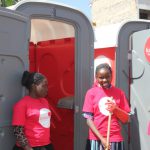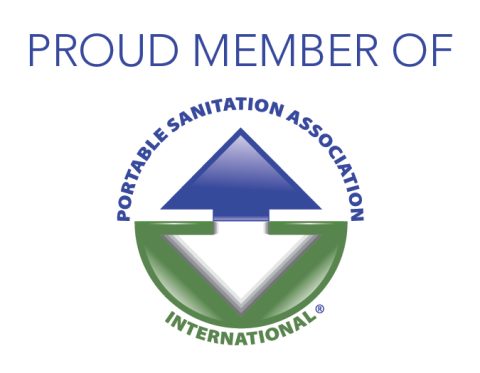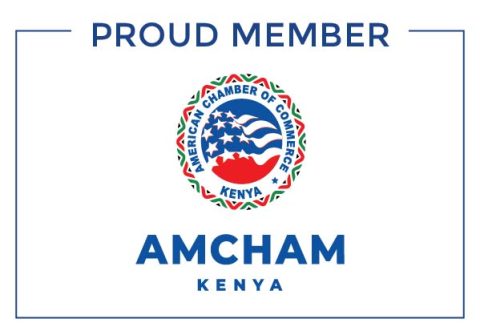
When planning an event, construction project, or outdoor gathering, one essential consideration often takes centre stage: portable toilets. These compact, convenient facilities play a crucial role in ensuring comfort, hygiene, and convenience for attendees and workers alike. But how do you determine the right price for renting these essential units? Let’s dive into the world of portable toilet pricing and explore strategies to make informed decisions.
1. Understanding the Factors
Before we discuss specific pricing models, let’s break down the factors that influence portable toilet costs:
a. Event Type and Duration
The nature of the event significantly impacts pricing. Consider the following scenarios:
Concerts and Festivals: Large-scale events with thousands of attendees may require a fleet of portable toilets. Longer events necessitate extended rental periods.
Construction Sites: Construction projects vary in size and duration. The number of workers and the project timeline affect the rental cost.
Weddings and Parties: Smaller gatherings may need only a few units. Short-term rentals are common for such occasions.
b. Unit Type and Features
Not all portable toilets are created equal. Here are some common types:
Standard Units: Basic, no-frills portable toilets suitable for most events.
Deluxe Units: Upgraded models with features like handwashing stations, mirrors, and better ventilation.
ADA-Compliant Units: Designed for individuals with disabilities, these units meet accessibility requirements.
c. Delivery and Servicing
Transporting and maintaining portable toilets incur costs. Consider delivery fees, setup, and regular servicing (cleaning, restocking supplies, and waste removal).
2. Pricing Models
Now that we’ve covered the basics, let’s explore pricing models:
a. Flat Rate Pricing
Pros: Simple and straightforward. Customers pay a fixed rate per unit, regardless of duration.
Cons: May not account for variations in event size or duration.
b. Tiered Pricing
Pros: Offers different price tiers based on event specifics. Larger events pay more, while smaller gatherings enjoy cost savings.
Cons: Requires accurate event estimates to set appropriate tiers.
c. Daily or Weekly Rates
Pros: Ideal for short-term events. Customers pay based on the rental period (e.g., daily or weekly).
Cons: Longer events may become expensive under this model.
d. Seasonal Pricing
-Pros: Adjusts rates based on demand. High-demand seasons (summer festivals, construction peak) may command higher prices.
Cons: Requires flexibility from customers.
3. Transparent Pricing Communication
Customers appreciate transparency. Here’s how to communicate pricing effectively:
Clear Quotes: Provide detailed quotes that break down costs (unit type, delivery, servicing, etc.). Avoid surprises.
Online Pricing: Display pricing information prominently on your website. Include a pricing calculator if possible.
Educational Content: Write blog posts (like this one!) explaining pricing factors. Educated customers make better decisions.
4. Discounts and Bundles
Group Discounts: Offer reduced rates for bulk orders (e.g., multiple units for a large event).
Long-Term Contracts: Encourage customers to commit to longer rental periods by offering discounts.
5. Customer Satisfaction Matters
Remember, pricing isn’t just about numbers; it’s about value. Focus on customer satisfaction:
Cleanliness: Ensure well-maintained units.
Prompt Service: Timely delivery and regular servicing.
Emergency Support: Be available when unexpected issues arise.
Conclusion
Portable toilet pricing is a balancing act. Consider the unique needs of each customer, stay transparent, and prioritize customer satisfaction. Whether it’s a music festival, construction site, or family gathering, your pricing strategy plays a pivotal role in making every event a success.






